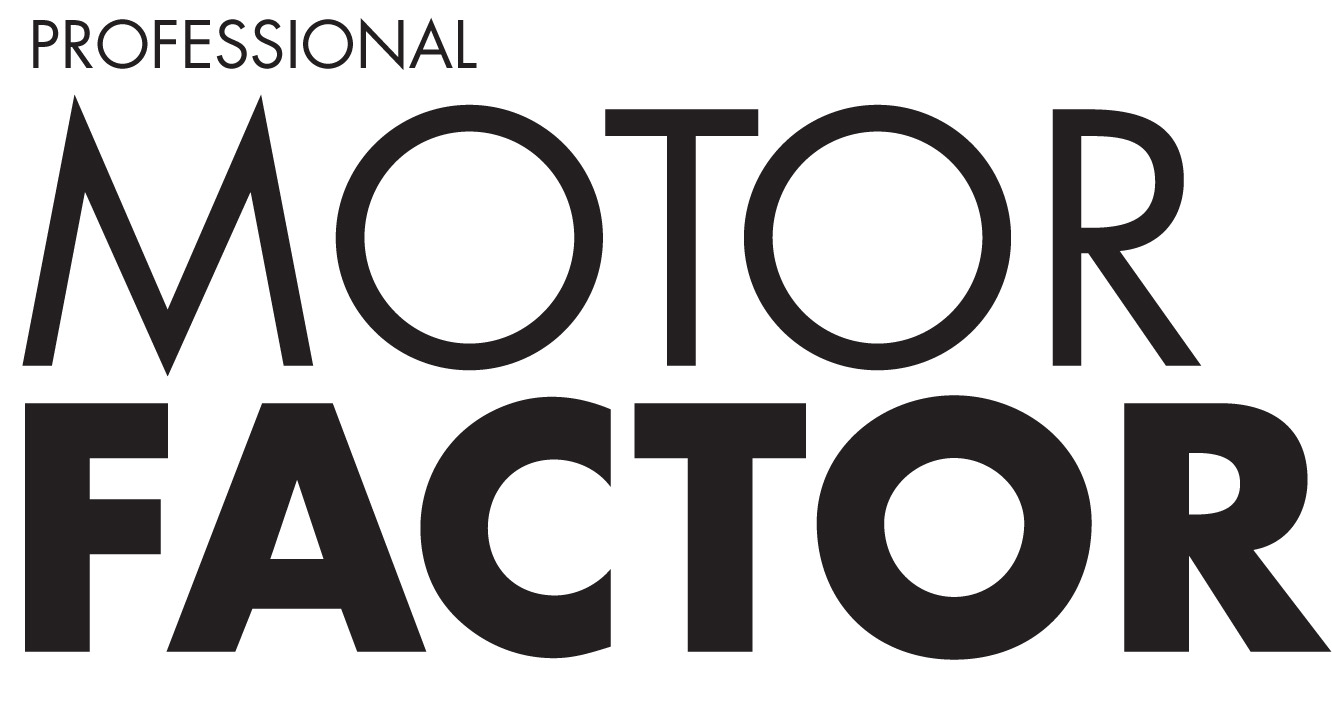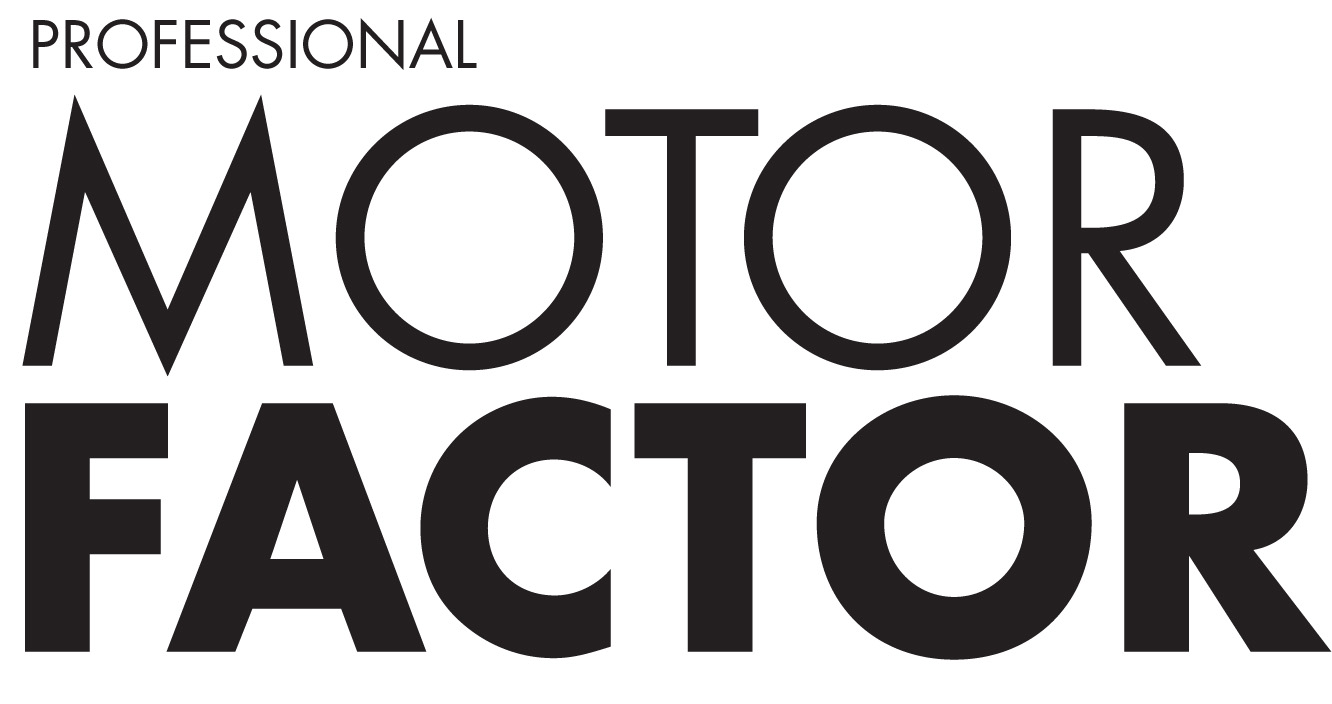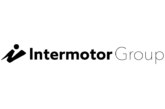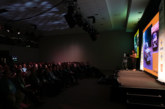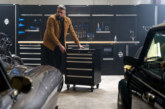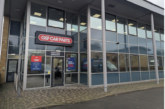Dayco argues traditional vehicles still dominate
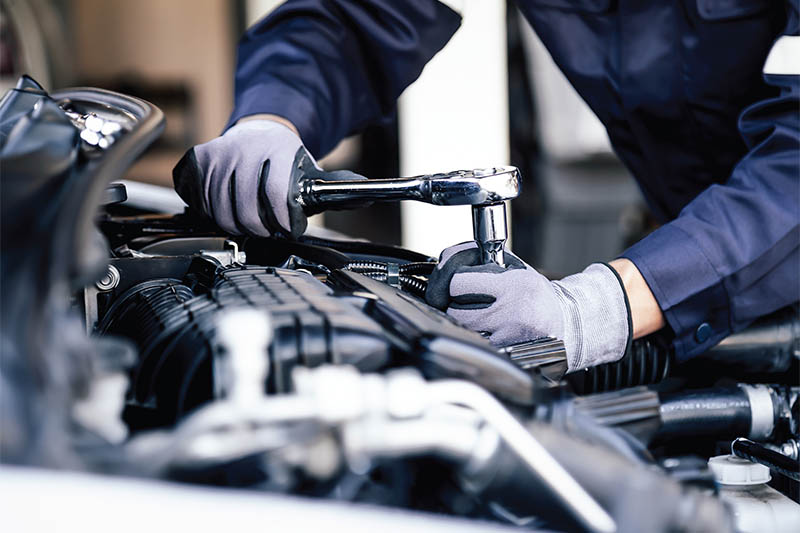
With the rise of electrical propulsion systems, it may seem that the days of the internal combustion engine (ICE) are drawing to a close; however, Dayco National Sales Manager, Ann-Marie Dean, argues that, in the workshop, traditionally powered vehicles fuelled by petrol or diesel still dominate the service bay.
In fact, combustion engines still make up more than 90% of the UK passenger car parc, so while it’s important to be aware of the changing landscape, and one can’t escape the fact percentage wise that a large number of new registrations are now EVs, precious few come into the typical independent workshop. This means that you need to ensure you supply the relevant service and repair parts workshops actually need.
While the UK government’s about face from favouring diesel, then petrol and now EV technology, has triggered the fundamental long-term switch to new energy vehicles – primarily plug-in and battery electric – the pressure to reduce exhaust emissions from governments globally was already at the heart of the VMs’ agendas, and this drive is what is still seen in the workshop today and will be for years to come.
This is reflected by industry figures, which show that despite the loss of some 1.58 million diesel cars between 2019 and 2023, the number of cars in the UK parc utilising an ICE actually increased from 34.195 million to 34.913 million. In addition, taking the 2024 new registrations into account, although only 6.3% were diesel, 13.4% were hybrid and 52.2% petrol, so more than 1.4 million cars fitted with an ICE hit the road.
Bearing in mind the average age of the car parc is increasing, the vast majority of these 2024 registrations will still be in the aftermarket in 2032 and, even without any further amendment of the government’s ICE ban of 2030, new cars with some sort of ICE will still be entering the car parc for another five years. As a result, the service and repair of both petrol and diesel engines will remain a major part of the work undertaken by the typical workshop for years to come.
Although at VM level, recent ICE development has slowed considerably, the significant technological advances that were incorporated beforehand are still filtering through to the aftermarket.
So, drilling down through those various technologies to a single product sector, and power transmission and timing drive systems specifically, there is still a lot that many technicians can learn and revenue that workshops, and subsequently you, can benefit from.
Belt in oil (BIO) systems a perfect example
Designed specifically to reduce exhaust emissions and increase fuel efficiency, the concept will be around for the long term, which is demonstrated by the fact that the 2.0L TDCi engine used in models, such as the Ford Transit, is planned to be in production until 2030, so the newest vehicles are unlikely to enter the aftermarket until 2033.
Workshops that service and repair vehicles with BIO systems must employ technicians who are well-versed in potential issues, know what to watch for, and are skilled in the proper replacement of components. This requires a commitment to training. However, such an investment will create a reliable revenue stream, benefiting the business in the long term.
Likewise, despite the previously mentioned aging car parc, many of the vehicles that technicians work on daily have, at the very least, a start-stop function, which must be serviced using the correct replacement components.
Although now relatively commonplace, the development of this technology shouldn’t be overlooked because VMs have relied on specialist component suppliers, such as Dayco, to come up with the required solutions and deliver effective start-stop systems that work seamlessly.
Although initially, some VMs opted for uprated starter motors to cater for the greater number of engine starts these vehicles need, the starter/alternator solution has proved to be most satisfactory.
The starter/alternator combines both a starter motor and an alternator into one component, which is able to switch between each function on demand and, driven by a belt, it provides a faster, quieter engine start. The combination is now referred to as belt starter generator or BSG.
The two primary challenges with a BSG system are to engineer an auxiliary belt with the strength to start the engine but still drive the alternator and related components, like the power steering pump and air conditioning compressor, while still being no wider than a standard auxiliary belt.
Despite the difficulty in achieving this objective, by applying our wealth of technical knowledge, we have designed and developed not only a revolutionary belt of a traditional width but also coupled it with a patented self-tensioning system (STS) able to maintain the correct tension on the belt to allow power to be transmitted in either direction, depending on whether starting the engine or driving the ancillary components.
In contrast to a conventional auxiliary drive system, the belt needs to withstand forces in both directions, which calls for different technology and manufacturing processes. When it comes to maintaining the correct tension on the belt, the STS maintains a balanced tension on both sides of the belt in relation to the BSG drive pulley. Instead of having a tensioner on just one side of the belt system, the tensioning device connects both sides of the BSG.
Our STS is designed to create a balance of forces between the two sides at all times, which enables the BSG to seamlessly switch between its starting and charging modes to allow the vehicle’s start-stop system to function to its full potential.
The cornerstone development of this self-balancing device is the rigid connection of its pulleys, which allows it to maintain the correct belt tension, irrespective of the direction of the load. It is an excellent example of how challenging objectives can bring out the best from component manufacturers that need to work with VMs to find the best design solutions.
Aftermarket solution
As an OES of bespoke power transmission solutions, we can be relied upon by the independent service and repair sector to deliver premium quality OE products, designed to fulfil the demands of the VMs.
Part of this commitment is the requirement to provide vehicle specific solutions, which means that, just like our traditional auxiliary belts do not include a ‘universal, one size fits all’ option, our BSG belts are also of tailored design.
What this means for conscientious factors, is that they should dismiss the suggestion that a traditional auxiliary belt will be suitable for a BSG application. Should you be tempted to supply such a solution, it’s likely to lead to premature belt failure and an extremely unhappy workshop customer.
